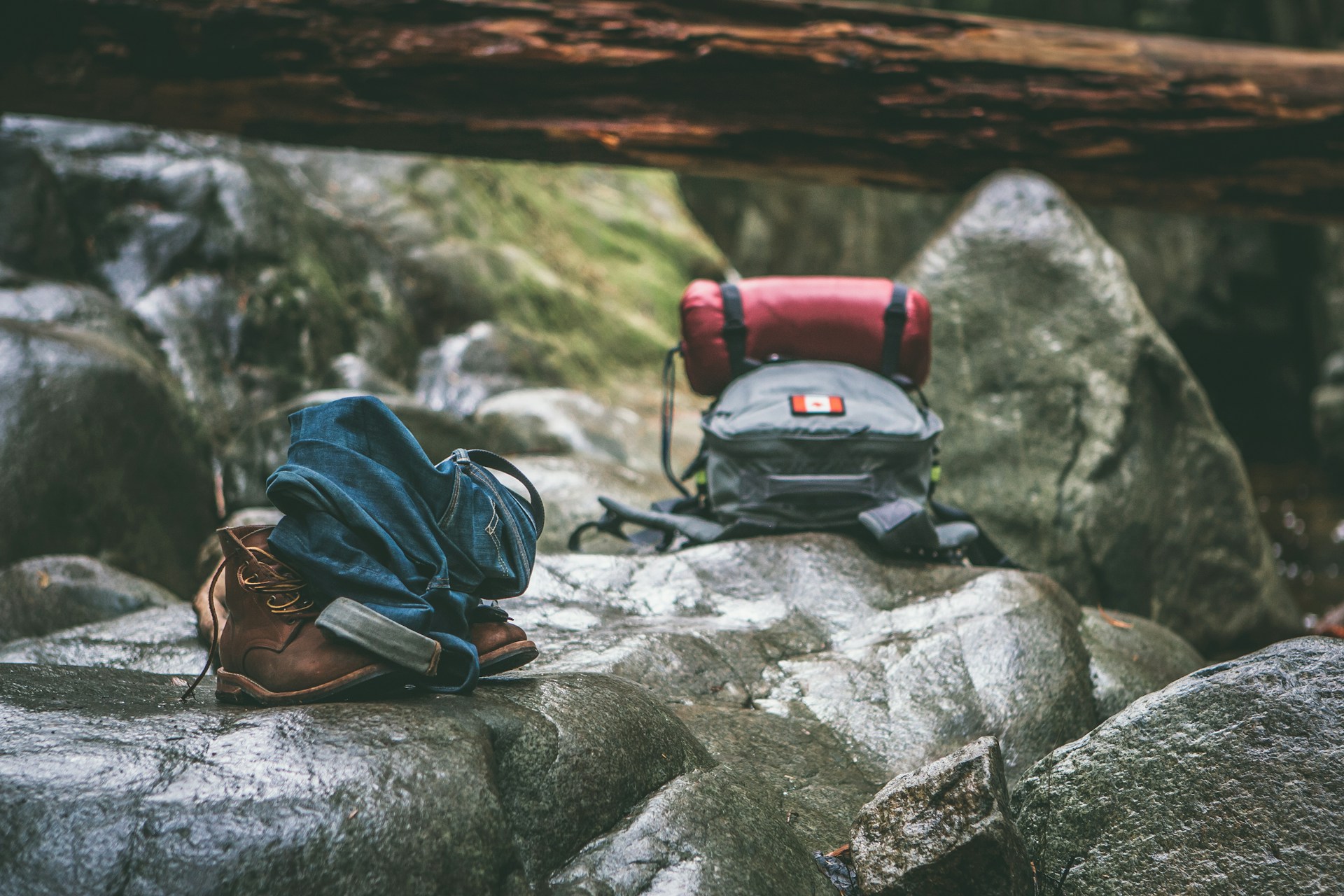Embarking on a hiking adventure is not only an excellent way to enjoy the outdoors, but it also provides incredible experiences worthy of remembering and analyzing. While some hikers prefer to enjoy the journey without the pressure of tracking their progress, keeping track of certain statistics can greatly enhance future hikes. This guide will help you understand the benefits of tracking your hikes and introduce you to some useful tools that can make the process seamless.
Why Should You Keep Track of Your Hikes?
- Memory Aid: Hiking offers memorable experiences, but repeated trails and long hikes can make it challenging to recall specific details. By keeping track of your hikes, you create a record that can be revisited anytime, even in cases of memory loss or lack of documentation.
- Improvement and Performance: Monitoring your hiking stats, such as time to complete, weather conditions, and trail difficulty, allows you to analyze your performance and make improvements. It helps in setting realistic goals and tracking progress.
- Safety: Detailed records of your hiking history can be beneficial in emergency situations. They enable you to provide accurate information about your routes and typical hiking patterns to rescue teams if needed.
What Stats Should You Track?
It’s not necessary to track every little detail, but here are some key statistics that can be valuable:
- Time to Complete: Recording how long it took to complete a hike can help in planning future hikes, especially if you are trying a longer or more challenging trail.
- Weather Conditions: Keeping track of the weather can help you better prepare for future hikes and understand how different conditions affect your hiking performance.
- Trail Conditions: Noting the state of the trails can help you avoid conditions you found challenging and plan for those you enjoyed. The trail conditions impact hikers USA differently, so having this information can be critical.
- Physical Stats: Monitoring aspects like your pace, elevation gain, and calories burned can provide insights into your fitness levels and help you plan accordingly. Tracking physical stats hikes USA can be particularly useful for maintaining progress.
Tools for Tracking Your Hikes
- Strava: Originally designed for running and cycling, Strava has become popular among hikers for its detailed tracking and social features. It records your route, distance, elevation, and time, all while allowing you to share your hike with friends.
- AllTrails: This app is a favorite among hikers due to its extensive database of trails. It offers route mapping and tracking features, along with reviews and photos from other hikers that can help you prepare for a new trail.
- Hiking Project: Although not mentioned as frequently, Hiking Project is another excellent tool for hiking enthusiasts. It provides trail maps, user reviews, and the ability to track your stats.
- Gaia GPS: Especially recommended for experienced hikers who like to explore, Gaia GPS uses detailed and user-driven mapping. It’s known for revealing hidden gems like waterfalls that might be missed using other apps. However, the reliance on crowdsourced data can sometimes lead to ambiguities or risks. For instance, during a hike at Mount Minsi, Gaia GPS revealed a waterfall that was not on AllTrails.
How to Start Tracking Your Hikes
- Choose a Method: Decide whether you want to use an app like Strava, AllTrails, or Hiking Project, or opt for a more traditional method like a physical trail journal.
- Set Up Your Tracker: Before heading out, set up your chosen tracking tool to ensure it’s prepared to record your hike accurately.
- Gather Data: As you hike, actively use your tool to record key statistics. Take breaks to note down your thoughts, weather conditions, and trail status.
- Review and Analyze: After your hike, review the collected data. Compare it with previous hikes to see your progress and identify areas for improvement.
Making the Most of Your Hiking Records
Once you start keeping track of your hikes, you can use the data in various ways:
- Planning Future Hikes: Use past records to choose trails that match your current ability and preferences.
- Sharing with the Community: Share your experiences and stats with fellow hikers to contribute to the hiking community and gain new insights.
- Personal Journaling: Keep a detailed hiking journal that combines your tracked statistics with personal anecdotes and reflections.
Whether you are a casual hiker enjoying the peacefulness of nature or a seasoned adventurer pushing your limits, tracking your hikes offers numerous benefits. With tools like Strava, AllTrails, and Hiking Project, it’s easier than ever to keep detailed records of your hiking adventures, ensuring you gain maximum enjoyment and insights from every trail. Start tracking today, and elevate your hiking experience to new heights!




